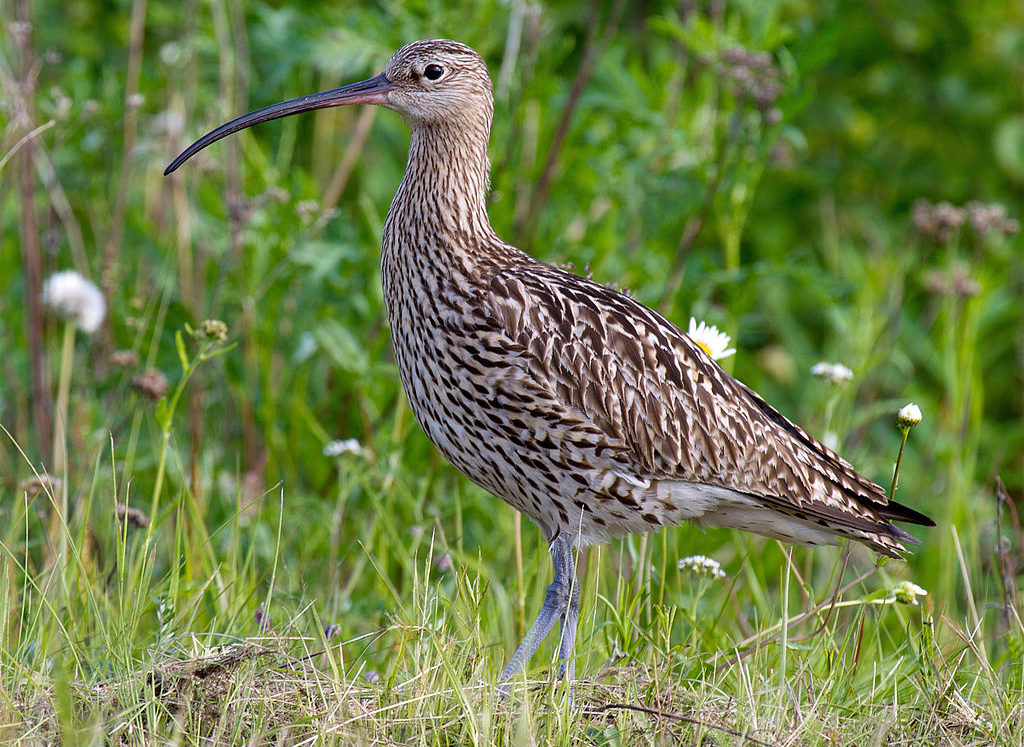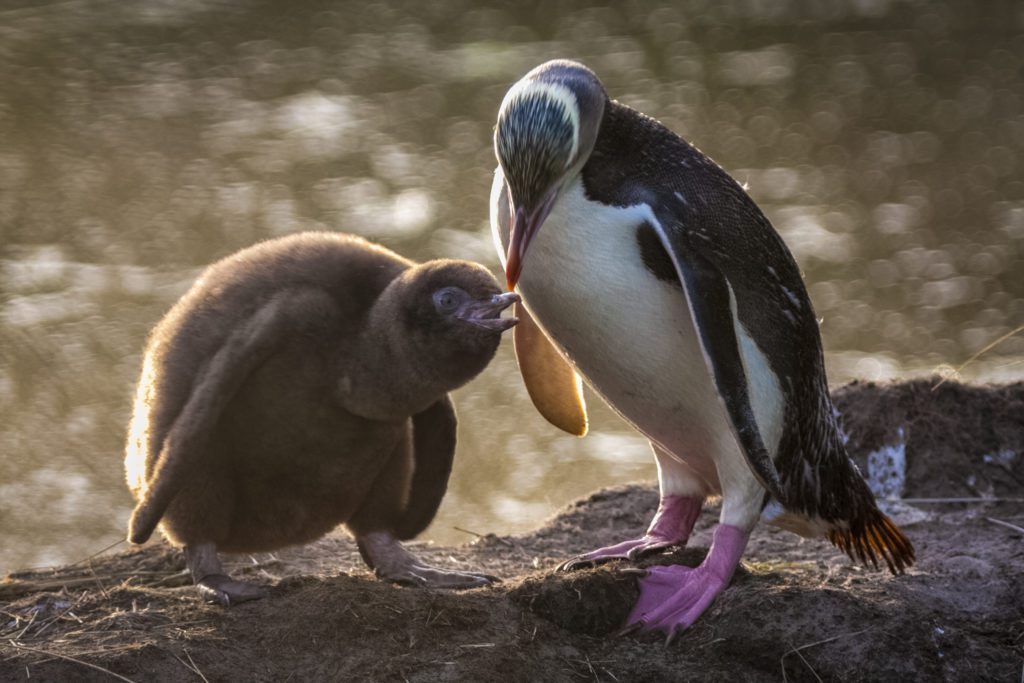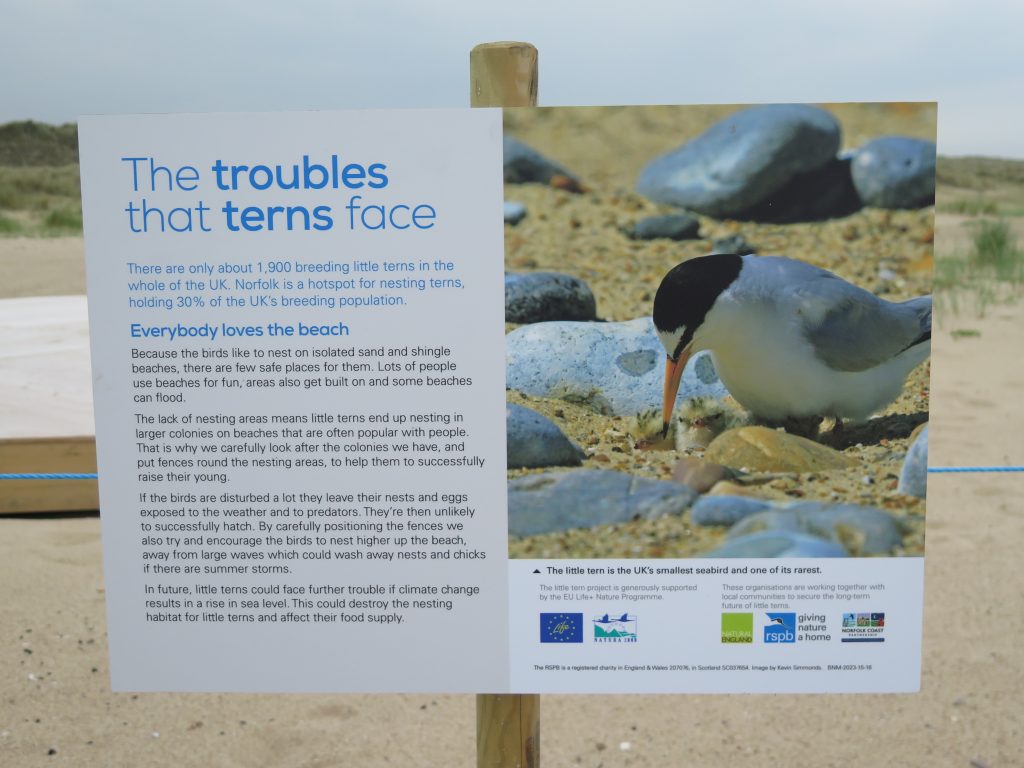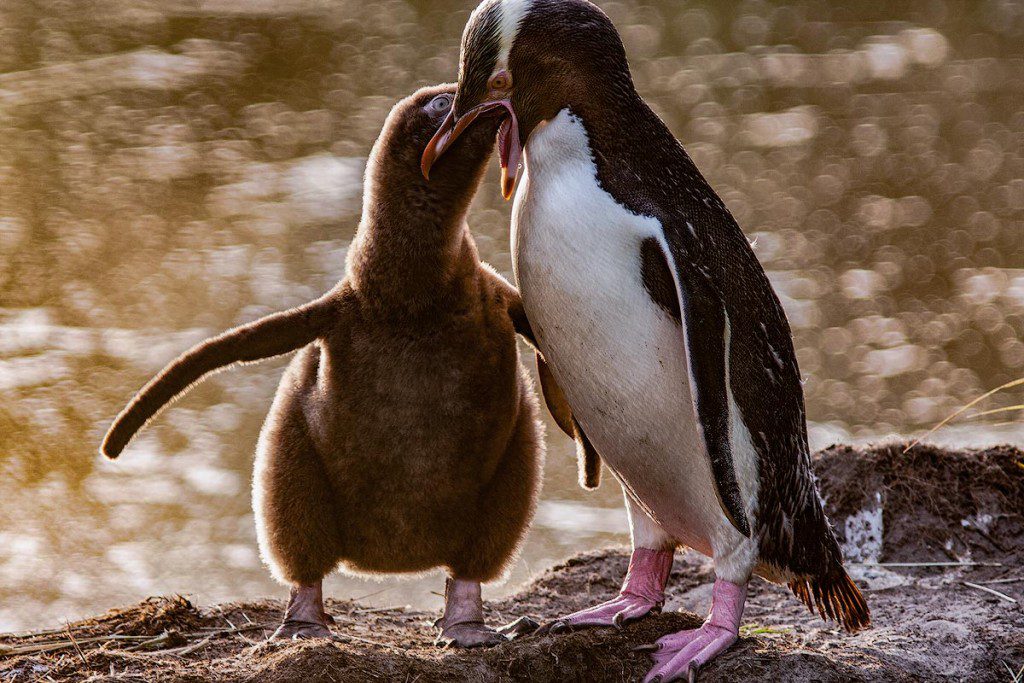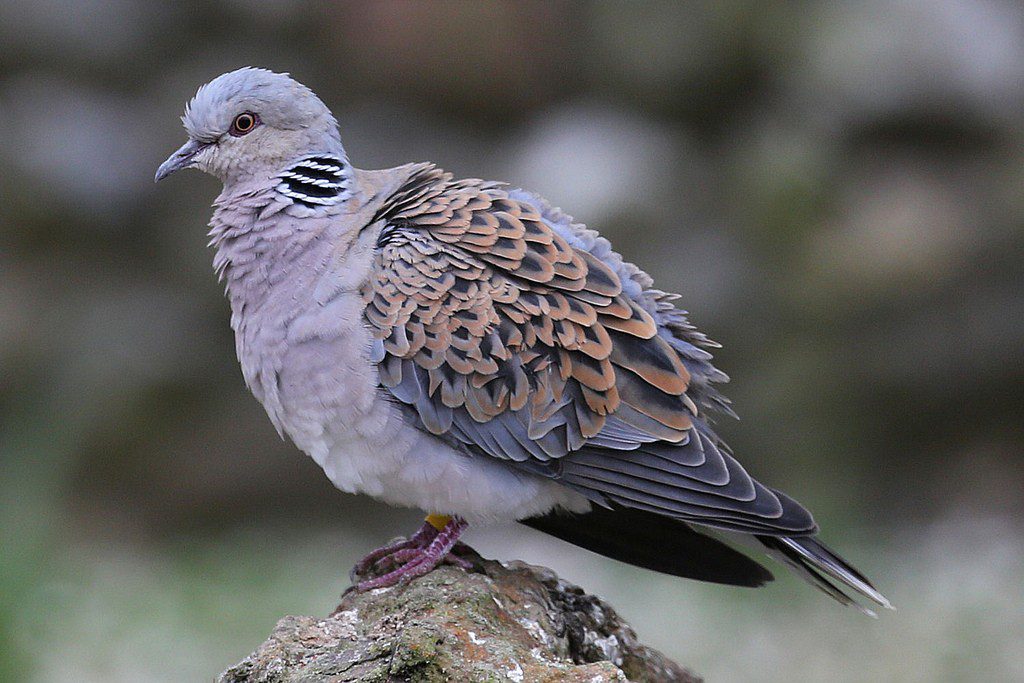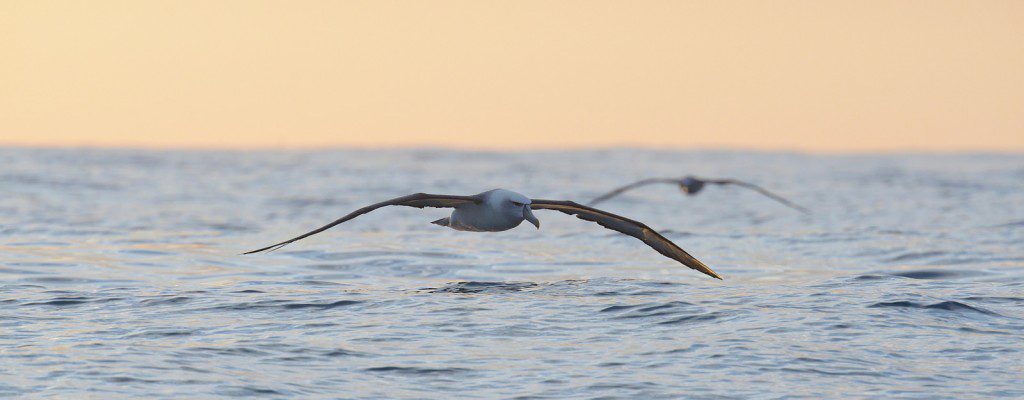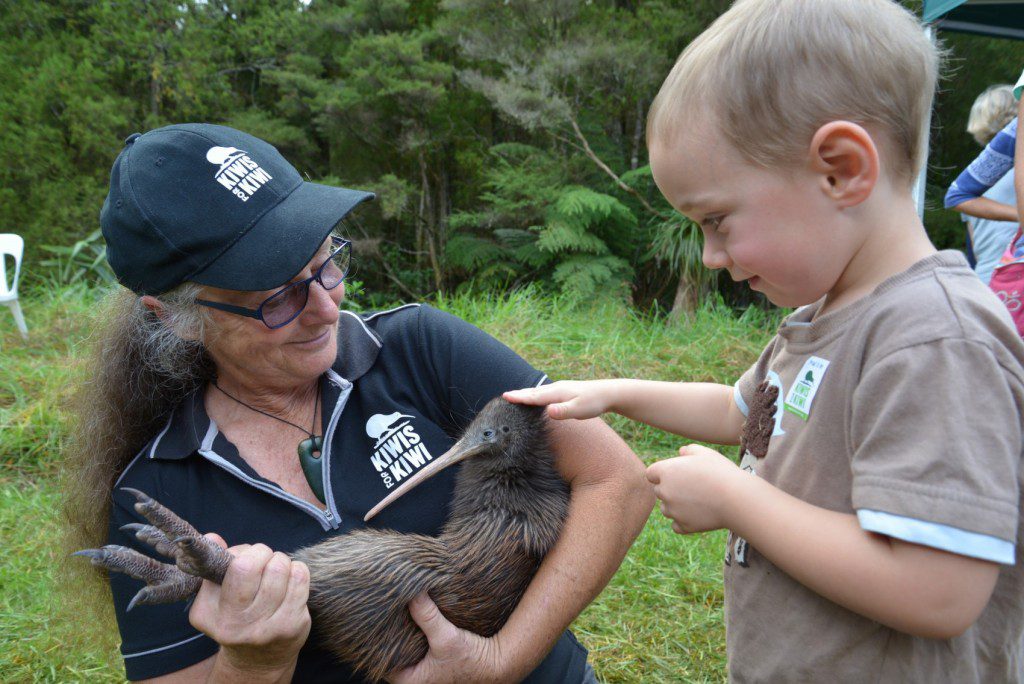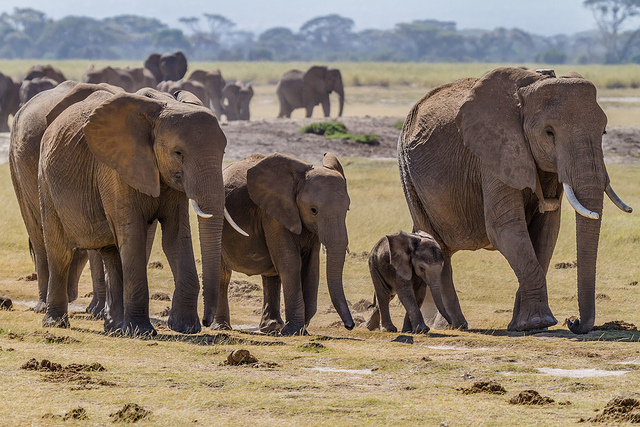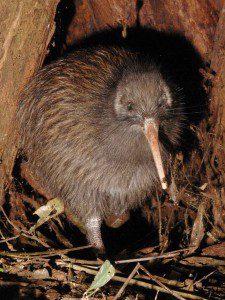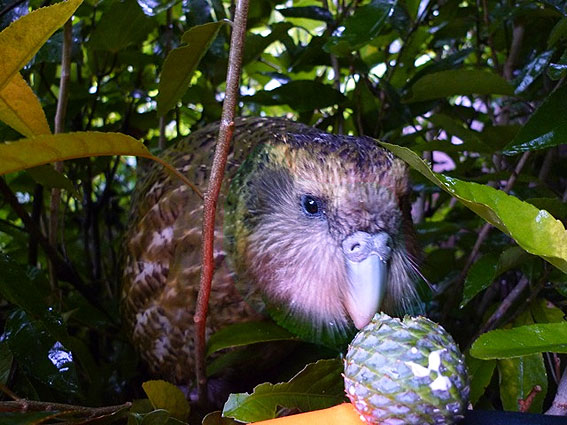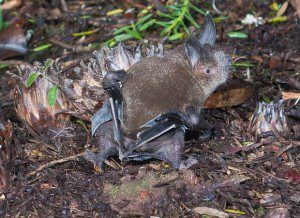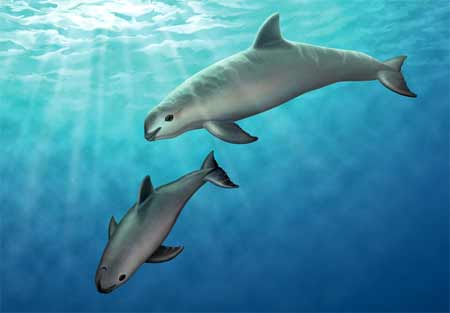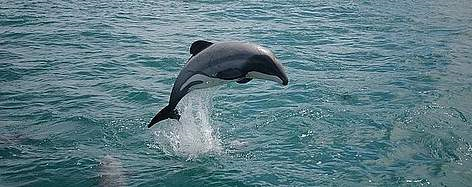Having grown up on a council estate with tiny gardens and a father who thought birds were best eaten, it wasn’t until I had my own family that I started walking in the countryside and watching birds.
It was only recently though, having moved to Norfolk, that I had the pleasure of seeing a pair of curlews. I wondered how I could have missed this enchanting bird in the past.
I wanted to find out more about curlews and what better way than to read a nature memoir! Unlike me, nature writer and campaigner Mary Colwell is no stranger to the curlew call, nor why they may be hard to see. Continue reading
